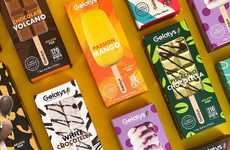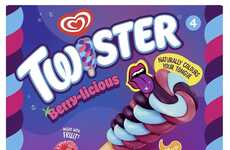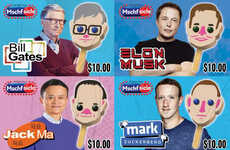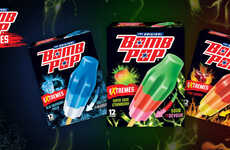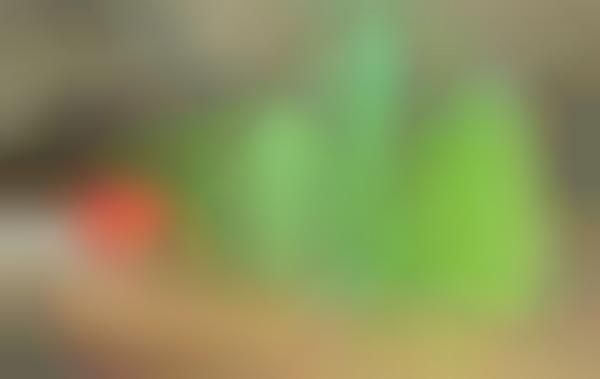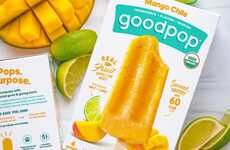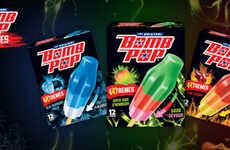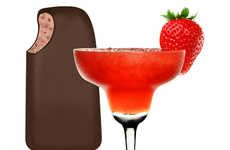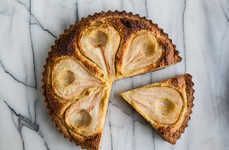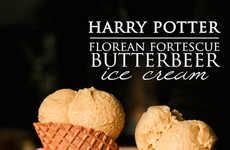
Dangerous Popsicles by Wei Li are Modeled After Cacti and Viruses
Meghan Young — October 27, 2014 — Lifestyle
References: boldoritalic & neatorama
If it wasn't getting so cold outside, people might have considered serving these Dangerous Popsicles during their Halloween parties. Inspired by prickly cacti and deadly viruses, the Dangerous Popsicles look equal parts repelling and delicious. It does't help that the bright colors are pretty inviting even though people are taught at a young age that such hues often denote poisonous properties.
Created by artist Wei Li, the Dangerous Popsicles were created with the help of 3D technology. In regards to the purposefully confusing sensory experience, Li says, "Before tasting with your tongue, you first taste with your eyes and mind. The popsicles are nothing but water and sugar, but ideas of deadly viruses and the spikiness of cacti are enough to stimulate your senses, even before your first taste."
Created by artist Wei Li, the Dangerous Popsicles were created with the help of 3D technology. In regards to the purposefully confusing sensory experience, Li says, "Before tasting with your tongue, you first taste with your eyes and mind. The popsicles are nothing but water and sugar, but ideas of deadly viruses and the spikiness of cacti are enough to stimulate your senses, even before your first taste."
Trend Themes
1. Dangerous Food Trends - There is a growing trend in the food industry to create visually stimulating foods that are dangerous to consume.
2. 3D Printed Food - 3D printing technology is being utilized in the food industry to create visually interesting food items.
3. Synthetic Food Design - Designers are taking inspiration from nature to create visually and conceptually stimulating food products that contain non-traditional ingredients.
Industry Implications
1. Food and Beverage - The food and beverage industry is constantly looking for new and unique products to attract customers, and these dangerous popsicles are an example of a product that has the potential to disrupt the industry.
2. Art and Design - Artists and designers are using technology and unconventional materials to create products that stimulate the senses and push boundaries.
3. Technology and Manufacturing - The use of 3D printing and other technologies in food production is a growing trend that has the potential to disrupt traditional manufacturing processes and supply chains.
4.1
Score
Popularity
Activity
Freshness

